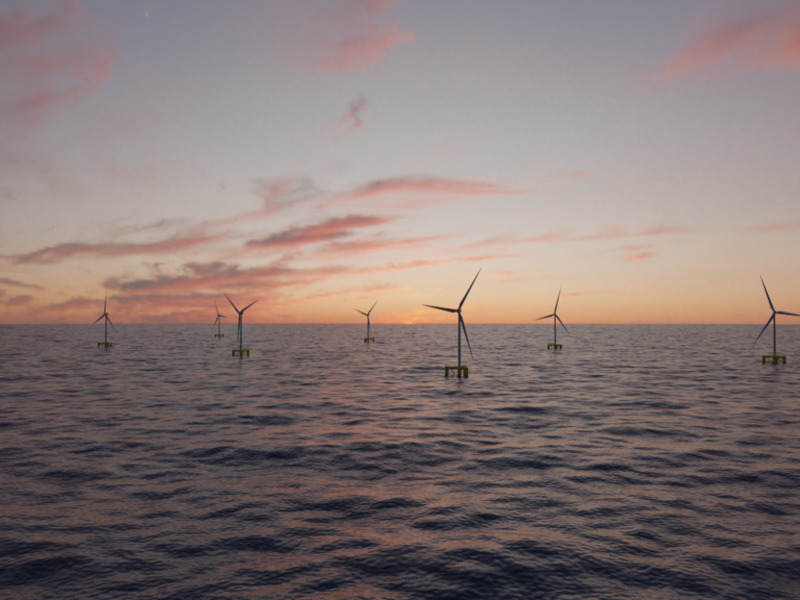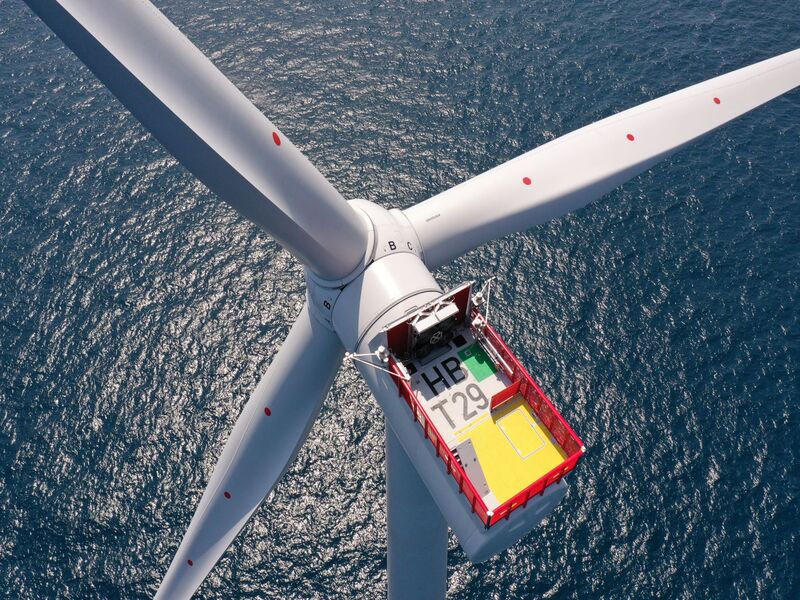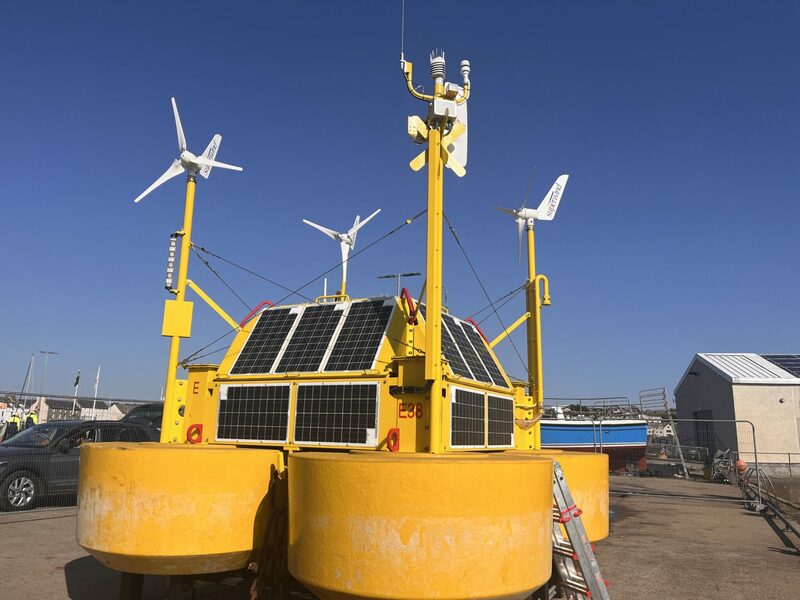Stromar is a 1GW floating wind project proposed to be developed off the northeast coast of Scotland, the UK.
The project will be developed by Stromar Offshore Wind Farm Limited, a joint venture (JV) of Ørsted, BlueFloat Energy, and Renantis (previously Falck Renewables).
Stromar is part of the Scotwind programme, which leases areas of the seabed around Scotland for wind farm developments.
In January 2024, the JV submitted the Comprehensive Environmental Impact Assessment (EIA) Scoping and Habitats Regulations Appraisal (HRA) screening reports to the Marine Directorate and Aberdeenshire Council for onshore and offshore aspects of the project.
Project Gallery
The project is expected to enter the construction phase in 2028. The commercial operations may commence between 2030 and 2033.
Once operational, the wind farm project would deliver renewable power to more than one million homes in the UK per year and would contribute towards the net-zero targets of the Scottish and UK governments.
Stromar Offshore Wind Farm Location
As part of the ScotWind bidding round, the JV won an Option to Lease Agreement (OLA) to develop the offshore wind farm within the NE3 Plan Option (NE3 PO).
NE3 PO is situated off the northeast coast of Scotland in the Outer Moray Firth, approximately 50km east of Wick.
Water depth in the region ranges from 60m to 100m. Overall, the wind farm will cover a seabed area of 256km2.
Stromar Wind Farm Offshore Infrastructure
The key offshore infrastructure of the Stromar Offshore Wind Farm will include up to 71 wind turbine generators (WTGs), floating foundations, mooring and anchoring systems, inter-array /interlink cables including static and dynamic parts, and scour/cable protection.
The other components of the infrastructure may include up to three offshore substations, one offshore innovation platform, one accommodation platform, up to three offshore export cables, and one Reactive Compensation Station (RCS) if High Voltage Alternating Current (HVAC) technology is selected.
WTGs will have a maximum hub height of up to 225m.
It is expected to have a conventional design with three blades and a horizontal rotor axis. The model will be finalised following consent.
The project is considering four types of floating substructures- spar, barge, semi-submersible, and TLP. The floating substructures, which will be made of steel, concrete or a combination of both, will be anchored via mooring to maintain the position of the turbines amid extreme events.
The type of anchors which will be used will be one or a combination of the following types- drag-embedment, vertical load, pile, suction or gravity.
The project will have up to three fixed or floating offshore substations that would collect the power generated by the turbines via inter-array cables and transport it onshore at a higher voltage using offshore export cables.
A nearly 126km long Offshore Export Cable Corridor (Offshore ECC), within which the offshore export cables will be located, will be identified. Up to three offshore cables will transfer power onshore from OSSs to the landfall along the north Aberdeenshire coast.
The landfall, interface between onshore and offshore components, will include up to three trenches and up to 11 cable drills. The landfall area will have a transition joint bay working area with a maximum length of 40m and a maximum width of 40m.
Stromar Wind Farm Onshore Infrastructure
The scope of onshore development will include onshore export cables connected to the offshore export cables at landfall, an onshore substation/converter station, grid connection cables and a potential RCS.
Landfall point is expected to be along the Aberdeenshire Coastline between Rosehearty and Fraserburgh.
The grid connection of the project is proposed at New Deer 2 400kV substation near New Deer, Aberdeenshire. This will be developed by Scottish and Southern Electricity Networks Transmission (SSEN).
Contractors Involved
GoBe Consultants was selected by the partners of the Stromar Offshore Wind Farm Project to prepare the overall EIA including scoping and EIAR report.
SLR Consulting supported the onshore EIA/Habitats Regulation Appraisal (HRA), while the joint venture selected NIRAS for the preparation of the offshore HRA.
In March 2023, subsea service provider Argeo signed a contract to conduct a geophysical survey in the offshore wind farm’s development area.
Argeo would utilise its low-emission uncrewed surface vessel (USV) Argeo Argus for the survey. The contract also includes the option for a related Export Cable Route (ECR) survey.
In September 2023, the project launched a floating Light Detection and Ranging (LiDAR) buoy at the site. The E38 EOLOS LiDAR will be deployed for at least 12 months to record accurate weather data, wind speed and direction, ocean currents, and tides, among others to finalise the wind farm’s design.
In March 2024, subsea specialist Sulmara won a contract to conduct site characterisation at Stromar floating offshore wind farm. The geophysical investigation will be carried out by Vos Gorgeous, a 60m multi-purpose vessel.



